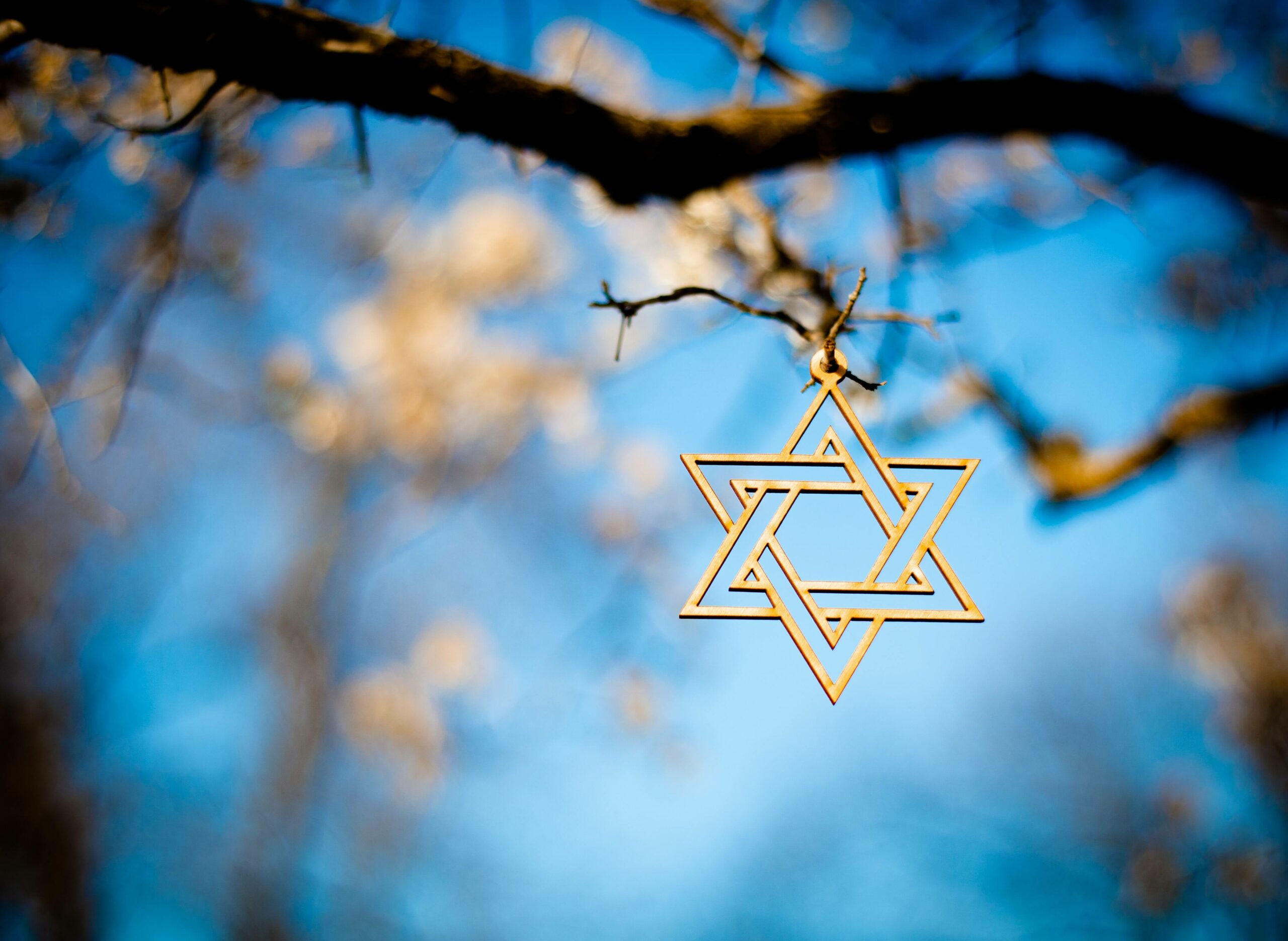Common Questions
1What type of ceremony options do I have for my loved one’s funeral?
There are four different types of Judaism: Orthodox, Conservative, Reconstructionist and Reform, and funeral traditions will vary between each of these groups. There is no public viewing of the body and flowers are not sent as a sympathy gesture. Jewish funeral services can take place in a variety of places, including: a synagogue, funeral home, or graveside.
2What are some common Jewish burial rituals?
The complete ritual of preparing the dead for burial is known as taharah: A carefully choreographed ritual performed by volunteers known as the Chevra Kadisha, Holy Society, of washing and dressing the body, reading liturgy, and honoring the dignity and sacredness of human life.
Taharah has five main components:
Taharah has five main components:
- Rechitza washing of the body so we can return to earth as we entered
- Taharah spiritual purification
- Halbasha dressing of the deceased; usually a simple burial outfit
- Halahah placing of the body in the casket and wrapping the deceased in the tallit (prayer shawl)
- Aron casket; to promote return to earth a Jewish casket is made of natural materials which will decompose.
3What are appropriate behaviors and customs Jewish funerals in the United States?
It is funeral etiquette for guests to dress modestly and wear nothing too revealing i.e. short skirts, short sleeves, open-toed shoes. Male guests are expected to wear a jacket and tie with a yarmulke as a head covering. Women wear conservative clothes, a skirt or dress, but are not necessarily expected to wear a head covering. Black or other dark colors will be appropriate to wear so long as they are modest. Additionally, immediate family members will often wear a black ribbon. This is later cut to symbolize the loss of a loved one and is worn throughout the mourning period (“shiva”) to show their grief. The act of tearing the ribbon is known as “kriah”.
At the end of the burial ceremony attendees form two rows; an aisle for the mourners to walk through as they leave the cemetery and move into Shiva, the seven day mourning period.
At the end of the burial ceremony attendees form two rows; an aisle for the mourners to walk through as they leave the cemetery and move into Shiva, the seven day mourning period.
4What is Shiva?
The first seven days after the funeral is known as ‘shiva’ (meaning ‘seven’). Some families choose to shorten this period to three days and sometimes just one day. During this period of mourning, the deceased’s family will stay at home and receive guests; together they will recite the Mourner’s Kaddish and reflect upon their loss.
5What is the Mourner’s Kaddish?
Kaddish is a 13th century, Aramaic prayer said during every traditional prayer service. Traditionally, the prayer is said only when there is a minyan, a quorum of ten Jewish people. So that one can feel a part of the community even while grieving. The mourner must remain part of the community even as his or her instinct might be to withdraw. By reciting it, mourners show that even as their faith is being tested by their loss, they are affirming God’s greatness.
A bereaved person says Kaddish for 11 months. Kaddish is also said each year on the anniversary of the death (Yahrzeit) and at Yizkor.
The prayer is shared as a community because no one is alone in mourning.
6Who presides at funeral ceremony?
Anyone may officiate at a Jewish funeral, including a rabbi, cantor (a trained vocalist who leads songs and prayers in the congregation), friend, or member of the family.

